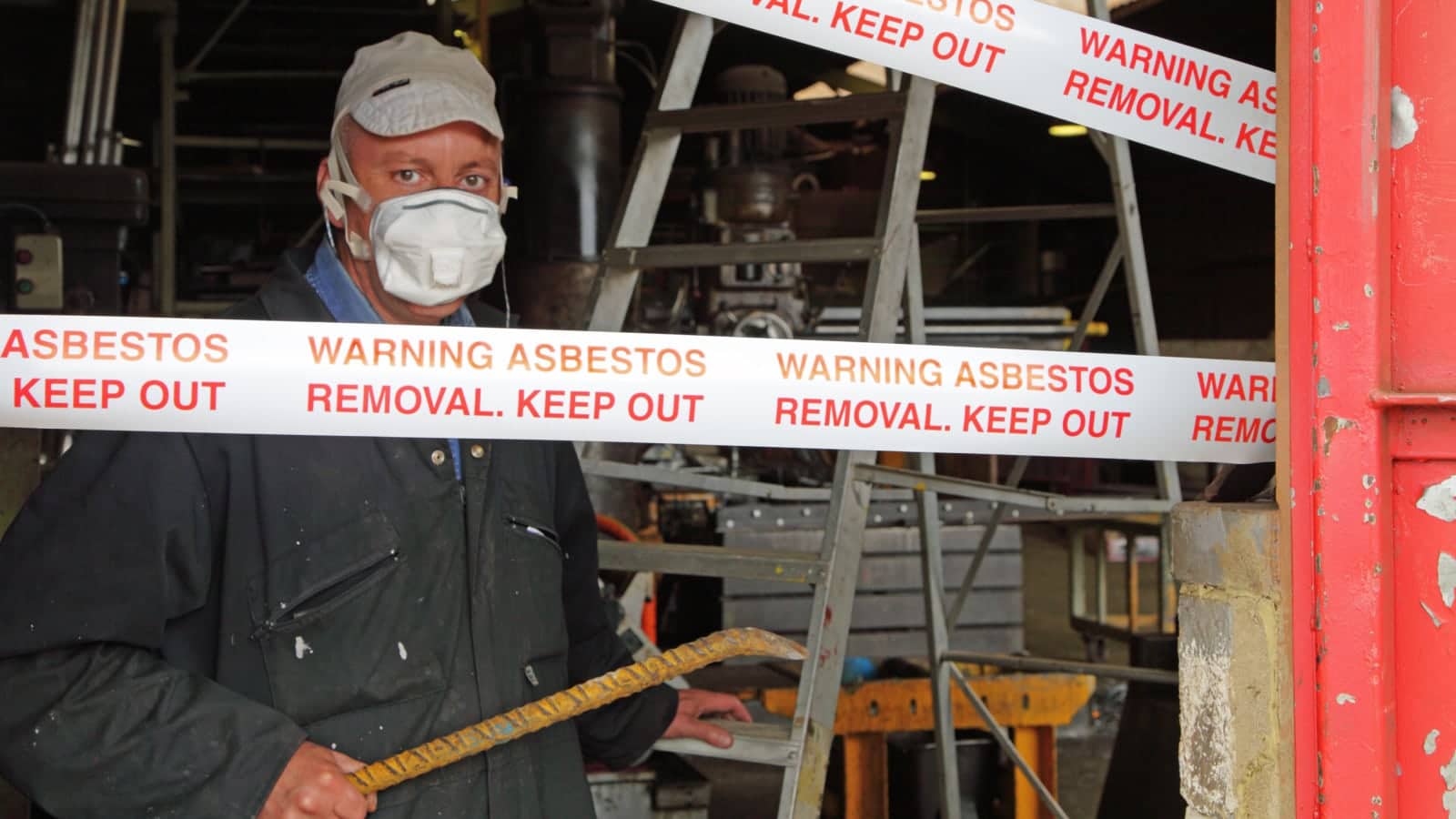Asbestos was once considered a “wonder material” because it worked well as an insulation material that is also fire resistant. However, after many workers ended up contracting lung cancer, scientists and medical professionals realized the connection between asbestos and a very particular type of cancer, mesothelioma, as well as lung cancer.
Today, employers are required to protect their employees against exposure to asbestos. Failure to protect workers against known risks (or risks that they should have known about) may result in legal liability. A workers’ comp lawyer will be able to go through your legal options if you think you have been exposed to asbestos.
What is Asbestos?
Asbestos is a tiny fiber that is found in insulation, floor tiling, and many other building materials. Construction workers have unique risks because they are exposed to so many older building materials that may have asbestos in them. Other workers may also face exposure as well.
Breathing in tiny particles of asbestos can cause mesothelioma, a fatal cancer that affects the lining of the lungs or the stomach. Lung cancer can also develop, which is one of the deadliest types of cancer. It can also cause asbestosis, which is a buildup of scar tissue in the lungs. Over time, the scar tissue build up can result in the loss of lung function and even death. Unfortunately, deaths due to job-related cancer make up one of the largest percentages of occupational deaths in the United States.
Exposure to Asbestos at Work
Although most asbestos claims are based on a theory of negligence, if you are exposed at work, the legal context changes. You may have to file as part of a workers’ compensation claim. These claims are tricky because injuries related to asbestos exposure often take years to develop. Technically, you can file a workers’ compensation claim when you realize that your condition has a work connection, but in many cases, the employee has long moved on from the job in which the exposure occurred.
Instead, the worker may have to prove negligence as part of the exposure to the asbestos. To prove negligence related to asbestos exposure, you need to show that (1) the defendant (usually the employer) had a duty to protect the worker; (2) the defendant breached that duty, and (3) the breach caused the damages the worker is suffering.
OSHA standards require employers to measure the air quality at their facilities and in other locations where workers carry out their jobs. A failure to meet these standards may result in legal liability.
Workers’ compensation is a no-fault system, which means that you do need to worry about proving negligence. Instead, the focus is on whether the exposure occurred at work or while you were engaging in work activities. A workers’ comp lawyer will be able to tell you which method you need to use—negligence or workers’ comp. You must choose one or the other, and your attorney can help you explore your options. Contact Jim Glaser Law today at 781-689-2277 or fill out our online form to request a free case evaluation.



